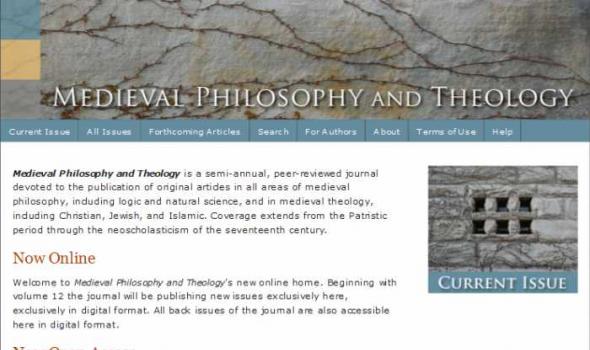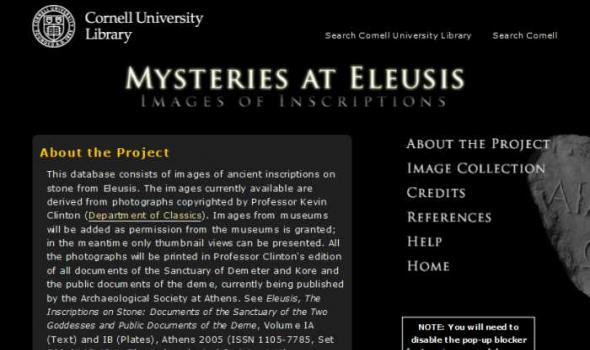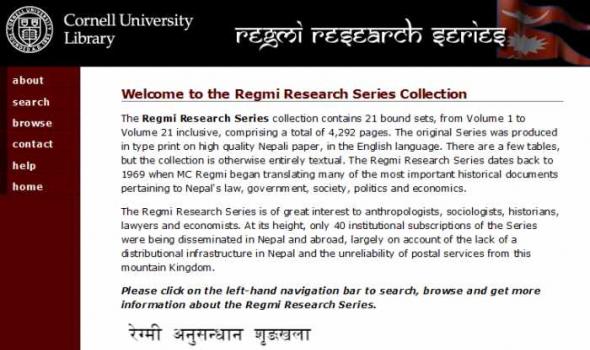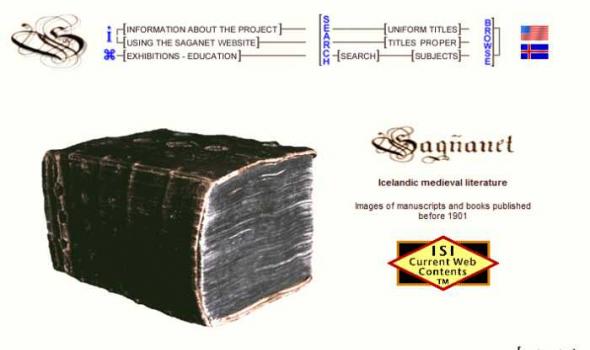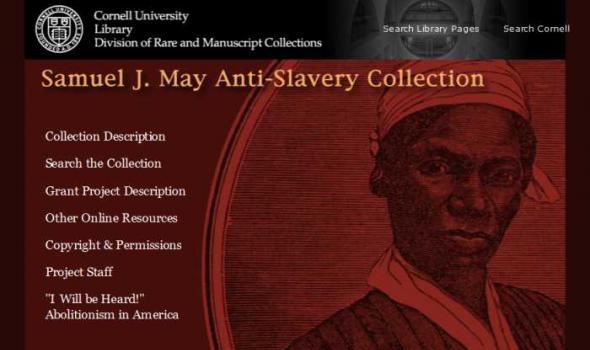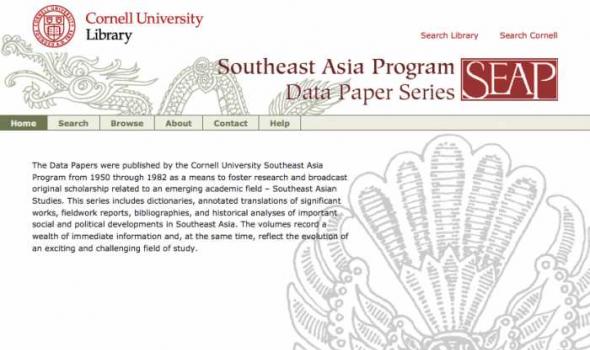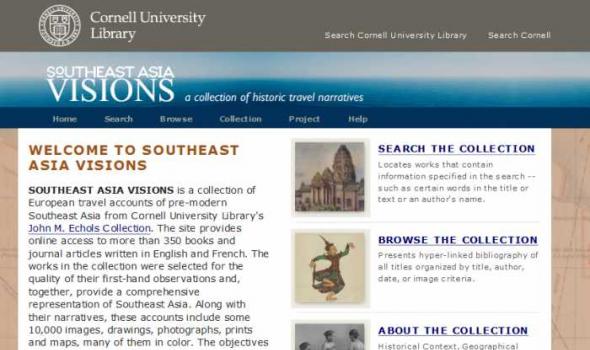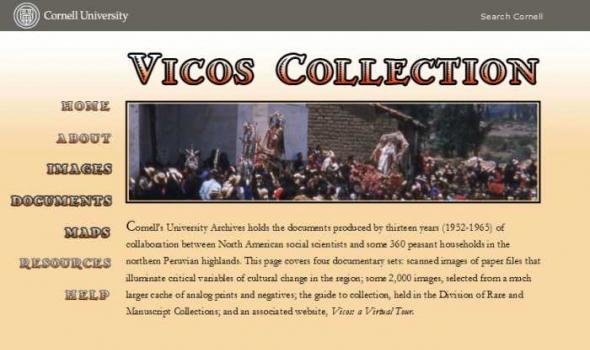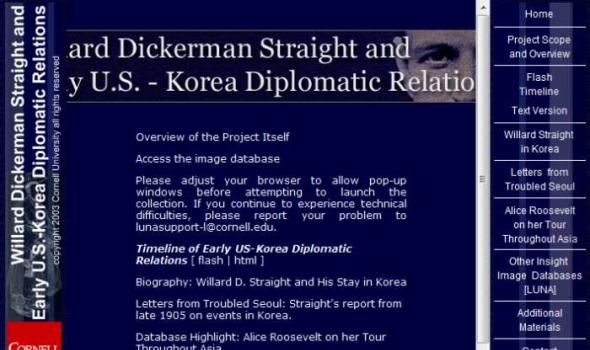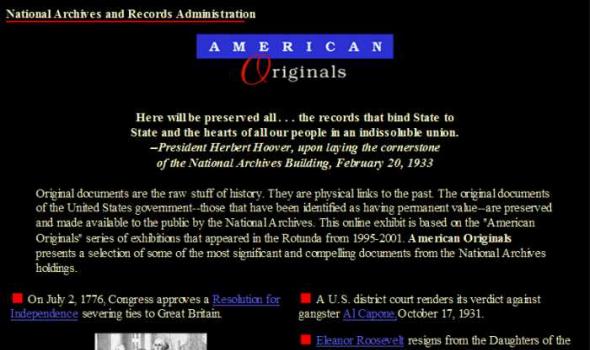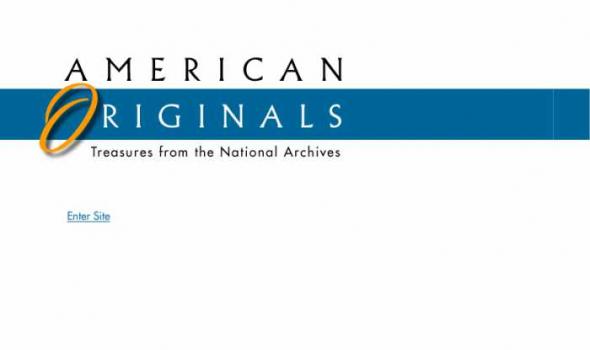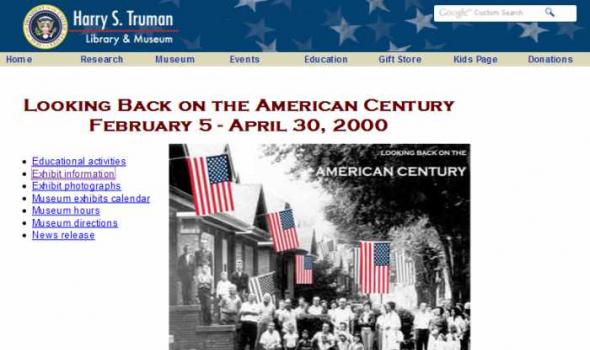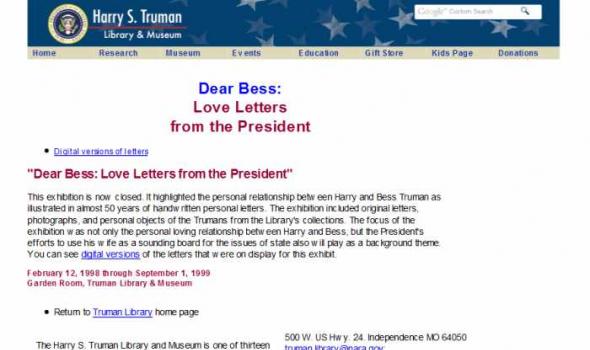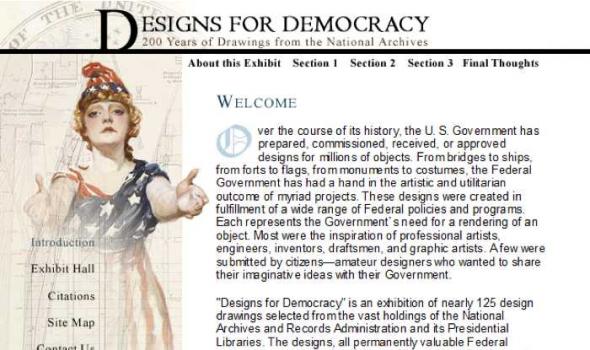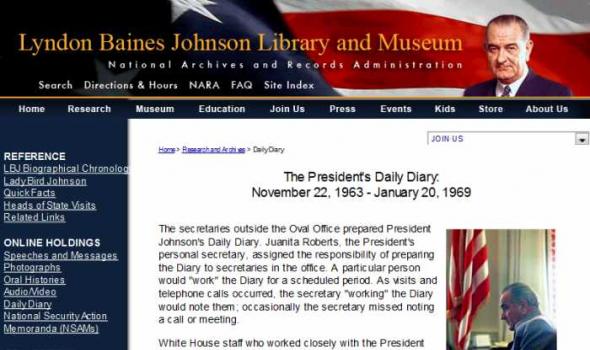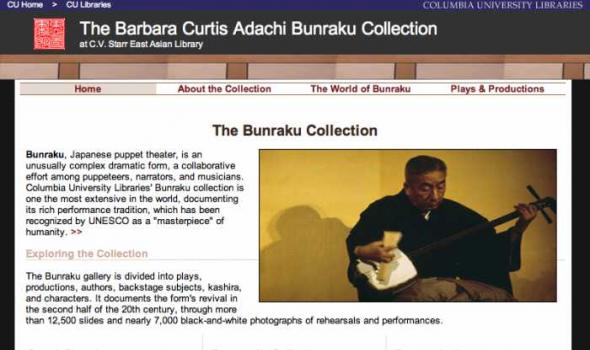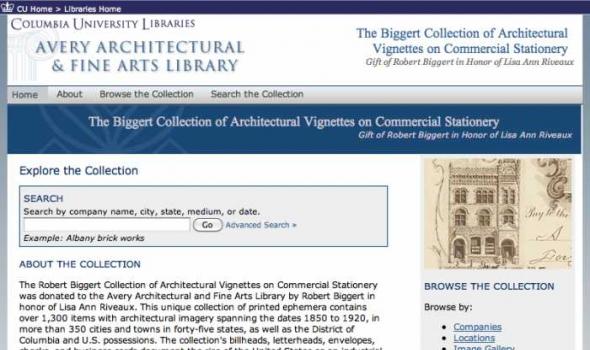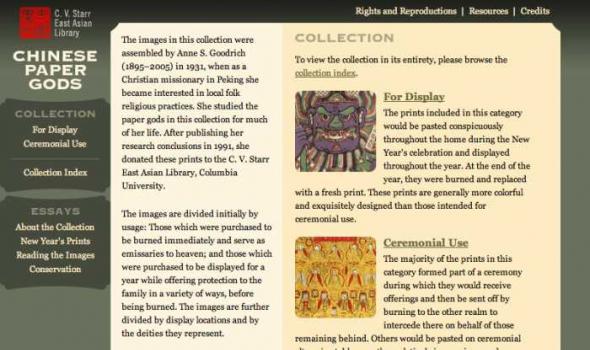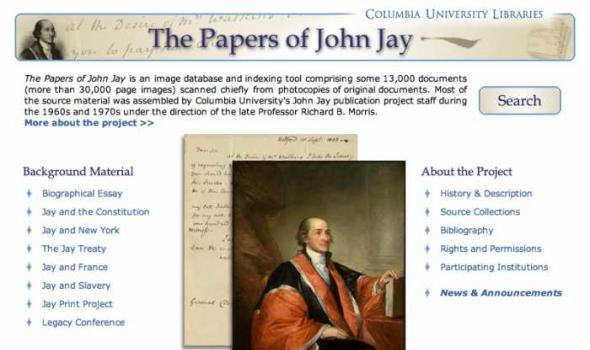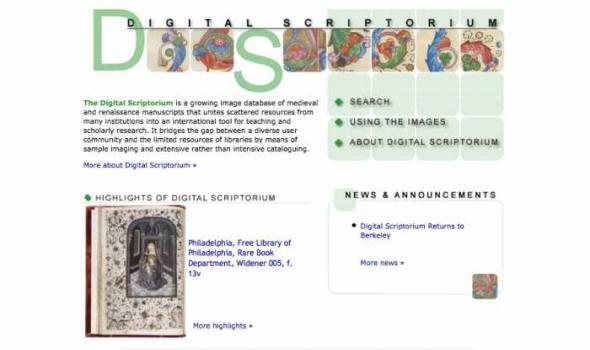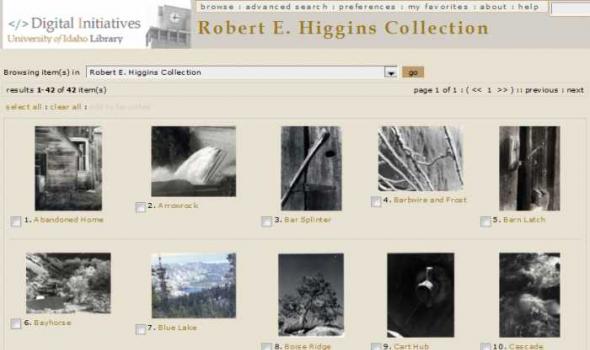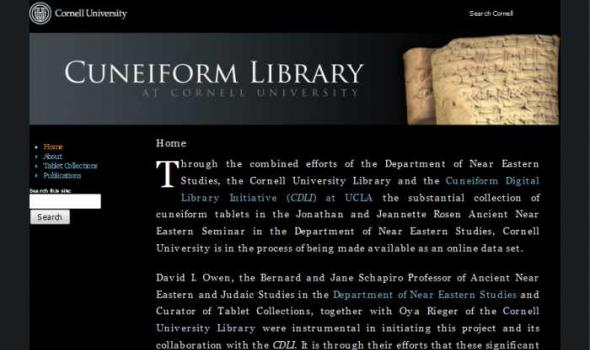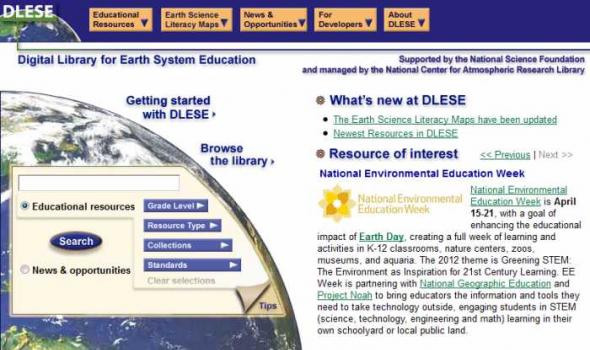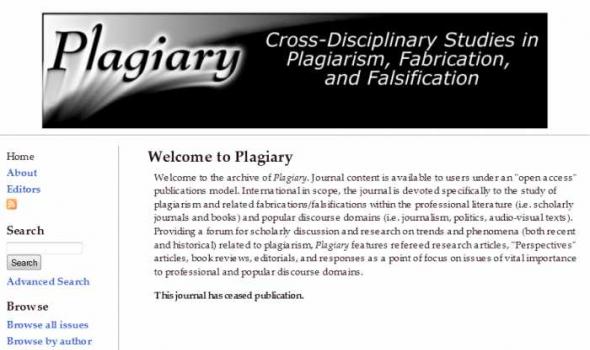Social Sciences
About the Journal Medieval Philosophy and Theology is a semi-annual, peer-reviewed, online journal devoted to the publication of original articles in all areas of medieval philosophy, including logic and natural science, and in medieval theology, including Christian, Jewish, and Islamic. Coverage extends from the Patristic period through the neoscholasticism of the seventeenth century. Members of the Editorial Board and the panel of Editorial Advisors represent eleven different countries in Europe and North America, as well as a wide range of academic, disciplinary, and scholarly traditions and approaches. Medieval Philosophy and Theology occasionally publishes review articles and article-length critical discussions of important books in the field.
About the Project This database consists of images of ancient inscriptions on stone from Eleusis. The images currently available are derived from photographs copyrighted by Professor Kevin Clinton ( Department of Classics ). Images from museums will be added as permission from the museums is granted; in the meantime only thumbnail views can be presented. All the photographs will be printed in Professor Clinton's edition of all documents of the Sanctuary of Demeter and Kore and the public documents of the deme, currently being published by the Archaeological Society at Athens.
About the Project Welcome to Cornell University Library's web site on issues of race, ethnicity and religion. The incentive behind the project was provided by the interest expressed in 2004 by University President Jeffrey S. Lehman, the Provost, the Vice Provost, the Cornell University Librarian and the Cornell University Press in collaborating on a web-based project that would facilitate informed study and discussion of issues related to race, ethnicity and religion on the Cornell campus and in the U.S. In its initial pilot phase (Nov.
Welcome to the Regmi Research Series Collection Mahesh Chandra Regmi, Nepal's leading historian and archivist, who died in July 2003, was born in Kathmandu in December 1929 to a family of musicians; Regmi opened the Regmi Research Centre in 1959. As the renowned University of California scholar Leo Rose remarked in the mid- 1970s, Regmi's decision to start a private research centre, "was almost inconceivable in Nepal at that time", especially because there were no "assured sources of financial support from either the government of Nepal, a Nepali educational institution, or a foreign foundation". Regmi's initiative, Rose continued, "was indicative not only of a proclivity for entrepreneurship rare in Nepal but also of an independence of mind and a dedication to scholarship". Father Dr.
The Saganet is a cooperative project by The National and University Library of Iceland and Cornell University with the association of the Árni Magnússon Institute to give access via the Internet to digital images of about 240.000 manuscript pages and 153.000 printed pages. The Saganet was opened on July 1, 2001 but work started on July 1, 1997.
Collection Description See Also: Collection Description Cornell's Anti-Slavery and Civil War Collections The Cornell University Library owns one of the richest collections of anti-slavery and Civil War materials in the world, thanks in large part to Cornell's first President, Andrew Dickson White, who developed an early interest in both fostering, and documenting the abolitionist movement and the Civil War. Even before his arrival at Cornell, White used his lectures at the University of Michigan to respond to the issues of the War by pointing out to his students as many examples as he could of societies that valued the rights of free men over the shallow benefits of slavery. A.D.
About the Project In 1950, when the Cornell Southeast Asia Program was established, scholarly publishing on the region was undeveloped. Members of the Program recognized that if students were to be trained, they had to have materials to read, and so the Data Papers series was initiated. In this series, one finds materials to interest linguists, anthropologists, archaeologists, political scientists, social scientists, and researchers looking for bibliographic guides to the holdings of Cornell's famous Echols Collection. The various dictionaries included here (the Akha-English Dictionary , Yao-English Dictionary , and the two-volume Dictionary of Cebuano Visayan ) are of great and continuing interest to scholars and speakers of those languages.
Historical Context The Visions collection includes the written and photographed experiences of Europeans and Americans who traveled to Southeast Asia during the period of imperialism. The peoples of Southeast Asia experienced waves of colonization beginning in 1511 when the Portuguese took Melaka, a strategic and thriving port city on the Malay Peninsula. The Spanish established a colony in the Philippines which they ruled from the 1560s until 1899 when the United States ousted the Spanish and governed the colony until Philippine independence in 1946. The Dutch gradually conquered the areas known today as Indonesia beginning in 1596 and ending after WWII.
Cornell Vicos Collection About the Vicos Collection The Program represents an optimistic view of both the possibilities for and the benefits of change. The contemporary North American view emphasized the importance of agricultural productivity as a means to improve closed, ignorant, impoverished communities such as Vicos. In addition, the social science of the time stressed the essential relationship between economic development national integration. The Vicosinos would exercise the duties of citizenship in exchange for the rights that the Peruvian nation afforded them. Evaluations of the Cornell-Peru Program describe it as a qualified success.
As an avid, well-trained photographer, sketcher and recorder, Straight took about 380 photographs and painted a very small number of sketches during his two spells in Korea in 1904 and 1905. Our aim has been to identify and select about two hundred of these and incorporate these materials into a project which amounts to a visual and contextual narrative of Korea at a most critical juncture in its more recent, modern history. The photographs document landscapes, urban scenes, people (both common, notable or noble ones), and, most interestingly, record numerous important events.
The 1906 San Francisco Earthquake and Fire "There is practically nothing left..." “At 5:13 o’clock A.M. of this 18th day of April 1906 San Francisco and vicinity was visited with a most violent earthquake shock.” The clerk of the U.S. District Court of San Francisco wrote these words in the court minute book, explaining why court was adjourned that day. His note describes one of the most devastating natural disasters in the history of the United States.
Here will be preserved all . . . the records that bind State to State and the hearts of all our people in an indissoluble union. --President Herbert Hoover, upon laying the cornerstone of the National Archives Building, February 20, 1933 In 1803 the young republic nearly doubles in size with the Louisiana Purchase. A casualty list of the 54th Massachusetts Infantry Regiment reveals the sacrifices of the most celebrated African-American regiment that fought in the Civil War. A police blotter lists the assassination of President Abraham Lincoln, April 14, 1865.
Here will be preserved all . . . the records that bind State to State and the hearts of all our people in an indissoluble union. --President Herbert Hoover, upon laying the cornerstone of the National Archives Building, February 20, 1933 American Originals presents some of the most treasured documents in the holdings of the National Archives. They have passed through the hands of George Washington, Helen Keller, Wyatt Earp, Napoleon, Rosa Parks, and John Hancock, connecting us physically to another moment in time. While some of the documents announce their own importance with a grand design, others quietly mark a revolution.
"American Originals" is a changing exhibit that has presented the nation's greatest documentary treasures in the Rotunda of the National Archives Building since December 1995. Over the years, the exhibit has featured the first printing of the Declaration of Independence, the police blotter listing Abraham Lincoln's assassination, the first report of the Titanic's collision with an iceberg, Rosa Parks's arrest records, and many other items. Both famous and rare, these documents provide unique insights into the towering figures and events that have shaped U.S. history.
April 22 -- October 29, 2000 "Remember the ladies," Abigail Adams had admonished her husband when our forefathers wrote the Declaration of Independence. This advice was ignored not only by John Adams but also by many subsequent generations. Now, over 200 years later, we see an encouraging transformation toward equal rights for women and a new curiosity about women's history. A fascinating array of female personalities have shaped our American experience,106 of whom are featured in our exhibit. Our opening gallery showcases unforgettable women who represent many qualities worthy of our appreciation. Then journey through time as women's struggles and progress from colonial times to the present are told through historical narratives and short biographies.
In 1761, fifteen years before the United States of America burst onto the world stage with the Declaration of Independence, the American colonists were loyal British subjects who celebrated the coronation of their new King, George III. The colonies that stretched from present-day Maine to Georgia were distinctly English in character although they had been settled by Scots, Welsh, Irish, Dutch, Swedes, Finns, Africans, French, Germans, and Swiss, as well as English. As English men and women, the American colonists were heirs to the thirteenth-century English document, the Magna Carta, which established the principles that no one is above the law (not even the King), and that no one can take away certain rights.
The Federal Convention convened in the State House (Independence Hall) in Philadelphia on May 14, 1787, to revise the Articles of Confederation. Because the delegations from only two states were at first present, the members adjourned from day to day until a quorum of seven states was obtained on May 25. Through discussion and debate it became clear by mid-June that, rather than amend the existing Articles, the Convention would draft an entirely new frame of government. All through the summer, in closed sessions, the delegates debated, and redrafted the articles of the new Constitution.
Drafted by Thomas Jefferson between June 11 and June 28, 1776, the Declaration of Independence is at once the nation's most cherished symbol of liberty and Jefferson's most enduring monument. Here, in exalted and unforgettable phrases, Jefferson expressed the convictions in the minds and hearts of the American people. The political philosophy of the Declaration was not new; its ideals of individual liberty had already been expressed by John Locke and the Continental philosophers.
During the debates on the adoption of the Constitution, its opponents repeatedly charged that the Constitution as drafted would open the way to tyranny by the central government. Fresh in their minds was the memory of the British violation of civil rights before and during the Revolution. They demanded a "bill of rights" that would spell out the immunities of individual citizens.
From June through October 1973 and briefly during the spring of 1974, John H. White, a 28-year-old photographer with the Chicago Daily News , worked for the federal government photographing Chicago, especially the city`s African American community. White took his photographs for the Environmental Protection Agency`s (EPA) DOCUMERICA project.
Looking Back on the American Century February 5 � April 30, 2000 In 1940 publisher Henry Luce used the phrase "the American Century" to describe the emergence of the United States as the preeminent world power. Beginning with the accession of a young and energetic Theodore Roosevelt to the Presidency in 1901, the United States began to turn its vast resources onto the world stage. Since that time, through world wars, depression, boom times, social upheavals, scientific and technological developments, and cultural trends, the United States vigorously placed its stamp of influence on the 20th Century. This exhibition presents a small taste of the American Century.
Dear Bess: Love Letters from the President "Dear Bess: Love Letters from the President" February 12, 1998 through September 1, 1999 Garden Room, Truman Library & Museum The Harry S. Truman Library and Museum is one of thirteen Presidential Libraries administered by the National Archives and Records Administration . 500 W. US Hwy. 24. Independence MO 64050 truman.library@nara.gov ; Phone: 816-268-8200 or 1-800-833-1225; Fax: 816-268-8295.
Federal Designs: Symbolism Symbols are an important part of America`s design heritage. They establish and reinforce the national identity and patriotism. In some cases, American symbols are based on recognized associations. The ideals of Greek democracy, the power of Imperial Rome, or the refinements of European fashion frequently are reflected in Federal designs. At other times and for other purposes, designers created icons using images unique to this new country, to this new form of government, and to America`s aspirations to world power.
Since the signing of the Declaration of Independence, our rights as citizens of the United States have been debated, contested, amended, and documented. The Bill of Rights, the first 10 amendments to the Constitution, established our basic civil rights. Later amendments and court decisions have continued the process of defining our human and civil rights. Documents in the National Archives give voice to our national struggle for personal rights and freedoms. From the Emancipation Proclamation to the five cases that comprised Brown v. Board of Education , this exhibit features a sampling of documents from all regions of the National Archives.
This exhibition examines Presidential elections, with a particular emphasis on elections in the last 80 years when radio and television brought these campaigns into the living rooms of homes across America. Text, photographs, graphic images, original artifacts and campaign memorabilia, as well as audio and video stations will be featured in the exhibition. In addition, a series of activity areas will invite visitors to participate in election activities such as mock voting and campaigning. The exhibition will be organized in a series of theme areas that survey aspects of Presidential campaigns and elections over the years.
National Archives and Records Administraton Eyewitness American Originals from the National Archives Introduction Out of the stacks and vaults of the National Archives comes this selection of eyewitness accounts. They are vivid and intensely personal, transporting us to a deeper understanding of the events described.
Inside the National Archives Southeast Region 1. Welcome The Southeast Region of the National Archives holds in trust original records documenting the settlement and development of a unique section of the United States. It maintains historical records from regional offices of Federal agencies in Alabama, Florida, Georgia, Kentucky, Mississippi, North Carolina, South Carolina, and Tennessee. These records are the documentary evidence of day-to-day occurrences that have become part of our history. This presentation highlights treasures in the region's holdings. It tells intriguing stories of the people who once inhabited this land. Some documents are about famous people and events.
This exhibit highlights the contributions of the thousands of Americans, both military and civilian, who served their country during World War II. Documents from the National Archives and Records Administration's (NARA) National Personnel Records Center in St. Louis form the core of the exhibit. For those who lived through the Second World War, this exhibit may help them recall their experiences. For those who did not, it is hoped they will gain a deeper understanding of the sacrifice and commitment of those Americans who, after almost four years, were "A People at War."
A note on the photographs in this exhibition Because of the huge number of images held by the National Archives and Records Administration (NARA), selecting photographs for this exhibition involved difficult and subjective choices. For the most part, the exhibit concentrates on developments within American society and on activities abroad where Americans were significant participants. The photographs from the White House Photo Office were included because they will become part of the Clinton Presidential Library, and because they allowed the exhibit to round out its coverage of the late 20th century.
The President's Daily Diary: November 22, 1963 - January 20, 1969 The secretaries outside the Oval Office prepared President Johnson's Daily Diary. Juanita Roberts, the President's personal secretary, assigned the responsibility of preparing the Diary to secretaries in the office. A particular person would "work" the Diary for a scheduled period. As visits and telephone calls occurred, the secretary "working" the Diary would note them; occasionally the secretary missed noting a call or meeting. White House staff who worked closely with the President frequently entered the Oval Office without the visit being noted in the Diary.
